Alla Biennale di Venezia 2024, si può visitare il Padiglione Nazionale di Timor Est, con l’installazione in site-specific dell’artista Maria Madeira, la quale s’intitola Kiss and don’t tell. La curatela è di Natalie King, una professoressa australiana, e presso lo Spazio “Ravà”. Timor Est divenne indipendente dall’Indonesia nel 1999. Tornatavi, Maria Madeira dormiva in una stanza piena di segni colorati, lungo le pareti, all’altezza delle ginocchia. Lei era fuggita da bambina, con l’evacuazione durante l’invasione indonesiana. A Timor Est, le donne rimaste subivano l’umiliazione di mettersi il rossetto, in ginocchio, per poi baciare i muri.
Da questa scoperta, Maria Madeira ha ricavato l’installazione per Venezia, che noi percepiamo attraverso un’estetica sociale. L’artista utilizza le gocce di vernice e la noce di betel, accentuando un antisettico rispetto alla virtualità per le ferite sanguinanti. Nel contempo, la terra rossa sarà quella natia. Ma ci si chiede quanto la coagulazione possa rivitalizzare, seccando, oltre il tais (quindi il tessuto tradizionalmente lavorato dalle donne, a Timor Est) dove le lacrime assai più si riversano, ed assai meno s’ammorbidiscono. L’ossimoro della macchia pulsante vale esteticamente, poiché la storiografia, reinterpretando le cause sociali delle guerre, deve avere la lungimiranza, con un monito politico, d’impedirne la ripetizione (dalla banalità degli istinti all’interesse privato). Sembra che la parete di Maria Madeira esibisca delle sbarre tonali. Quelle del rossetto che si passa sulla bocca vogliono preparare uno schiocco amorevole, grazie al bacio. Ma qui si percepisce il dolore di non poter attutire (pacificando). In guerra scoppiano improvvisamente le bombe. Oppure c’è la “calma apparente” per il posto di blocco, sul quale i cittadini non possono sindacare. Noi immaginiamo che la sbarra colante indichi un < alt ˃ scavabile. L’artista ripudia la guerra da un obiettivo fattivo: chiedendo un impegno per la pace. La sbarra che purtroppo marchia, con la violenza, è scavabile tramite lo < alt ˃ della storiografia: fermandosi a pensare. Il prigioniero politico deve imparare a resistere. Per lui, il tempo avrebbe solo un “dripping”, a causa della lentezza per l’espiazione che, al contrario, è gonfiata dal regime illiberale. Almeno il bacio potrà superare le sbarre? Il guardiano impedirà il passaggio delle informazioni tutt’altro che solo private. Per l’inaugurazione della propria mostra, a Venezia, Maria Madeira aveva accompagnato il bacio sulla parete con l’intonazione di cori indigeni, in tetum (una lingua austronesiana, che si parla a Timor Est). Si potranno aizzare gli animi: ovviamente per un impegno pacifico, dalla coscienza civile. Il canto, quasi silente alla serietà della sua testimonianza, avvalorerebbe esteticamente chi non avesse nemmeno voce in capitolo, giacché prigioniero politico, controllato in uno tra i cinque sensi che comportano il diritto alla vita. Infatti le parole scelte dall’artista rimandano alla madre terra (accusando l’usurpazione indonesiana). L’immagine è femminile, mentre l’innocenza della dolcezza insegnerà la grazia per la non-violenza. Il concetto appartiene alla cultura orientale, per esempio fra il buddismo ed il taoismo (quantunque a Timor Est il cristianesimo “regni”, dalla colonizzazione portoghese). Adattando un classico gioco per bambini, il < dire, fare, baciare ˃ rappresenta un obiettivo per l’attivista politico (che rivendica la libertà). Sempre l’amore deve vincere sulla guerra… Maria Madeira certamente s’augurerebbe un < kiss and tell >. L’amore ci prende così tanto in privato da diventare “contagioso” socialmente (ergo civilmente).
Per il poeta Bertram Fairchild, sul disco della fresatrice paterna, la limatura di ferro gli delineerebbe la biografia d’una vita completa: dall’addormentarsi “spontaneamente” infantile fra le lenzuola, alla leggerezza acquisita per il primo “bacio alla francese”. Sempre, noi maturiamo ricordando i tentativi precedenti (con le loro imperfezioni). All’eterno ritorno (citando il filosofo Friedrich Nietzsche) serve il “dente” d’una scelta responsabilizzante.
Contro la cacofonia dei tumulti, talvolta tragici a causa d’un uso ideologico o dispotico della politica, per Maria Madeira l’eco del bacio, sulla “fresatrice” della parete, si percepirà mediante un “fantasma” della fiamma. Ci piace immaginare un “totem” della cicatrice. Si può baciare per salutare, addirittura definitivamente (all’addio). Il vitalismo dell’installazione è filtrato dal ricordo storico: quello per cui la guerra non deve più tornare. Maria Madeira lascia uno sfondo da globuli bianchi, in chiave difensiva. Lo spettro d’una recrudescenza sarebbe forse esorcizzato, attraverso il totem. Nell’immaginario collettivo dell’Occidente, i Paesi tropicali dovrebbero sempre rilassare, al caldo del sole. Invero vi mancheranno le fredde nebbie; ma non le piogge incessanti. Queste si potranno aggraziare col canto. Nell’installazione dell’artista, la terra madre (per l’indigeno) oppure da baciare (per il naufrago) avrebbe avuto lo spettro della ruggine, dagli armamenti per l’invasione programmata. L’impenetrabilità della foresta pluviale è demandata da Maria Madeira ad un “sipario” per il tramonto, fra il giallo, il rosso ed il blu. Manca il “verdeggiare” dell’arcobaleno. Più “pesantemente”, la pioggia sarebbe stata tramutata in rossetto. Il “segnalibro” della storia, tramite cui fermarsi a pensare, non può sedurre al “rilassamento” dell’esotismo. Il progresso della democrazia, auspicato dall’Occidente, responsabilizzando invita ad evitare il ritorno dei conflitti latenti.
TRUTH, DARE AND KISS FROM THE MOTHERLAND TO A SPECTRAL RUST
At the Venice Biennale 2024, we can visit the Timor-Leste National Pavilion, with an installation in site-specific of the artist Maria Madeira, which is called Kiss and don’t tell. The curator is Natalie King, an Australian professor, and at the Spazio “Ravà”. Timor-Leste became independent from Indonesia in 1999. Coming back there, Maria Madeira slept in a room full of coloured signs, along the walls, at the height of knees. She escaped when she was child, with the evacuation during the Indonesian invasion. In Timor-Leste, the remained women were humiliated because of an obligation to put lipstick, on their knees, and then to kiss the walls.
From this discovery, Maria Madeira gained the installation for Venice, that we perceive through the social aesthetics. The artist uses the drips of paint and the betel nut, accentuating an antiseptic compared to the virtuality for the bleeding wounds. In the same time, the red soil will be native. But we wonder how much the coagulation can revitalize, drying out, beyond the tais (so the woven traditionally worked by women, in Timor-Leste) where the tears are much more poured, and much less softened. The oxymoron of a pulsating stain is aesthetically valid, because the historiography, reinterpreting the social cause of the wars, has to be farsighted, with a political warning, to forbid their repetition (from the banality of the instincts which have a private interest). It seems that the wall of Maria Madeira shows some tonal bars. Those of a lipstick, that we apply on the mouth, want to prepare a loving smack, through the kiss. But here we perceive the pain because a damping (pacifying) is not possible. In the war, suddenly the bombs explode. Or there is the “apparent calm” for the checkpoint, where the citizens can not syndicate. We imagine that the pouring bar indicates a < halt > that we would dig. The artist repudiates the war from an effective aim: asking a commitment to peace. The bar which unfortunately stigmatizes, with the violence, can be dug through the < halt > of the historiography: stopping to think. The political prisoner has to learn to resist. In his case, the time would only have a “dripping”, because of the slowness for an atonement which, conversely, is inflated by an illiberal regime. Could at least the kiss overcome the bars? The warder will forbid the passage of information anything but only private. For the vernissage of the own exhibition, in Venice, Maria Madeira combined the kiss on the wall with the intonation of indigenous choirs, in tetum (an Austronesian language, that is spoken in Timor-Leste). The souls would be stirred up: of course for a peaceful commitment, from the civil conscience. The singing, almost silent at the seriousness of its testimony, would aesthetically corroborate somebody who does not have even say in the matter, because he is a political prisoner, controlled in one of the five senses which entail the right to life. In fact the words chosen by the artist refer to the motherland (accusing the Indonesian occupation). This image is feminine, while the innocence of the sweetness will teach the grace for the nonviolence. This concept belongs to the eastern culture, for example between the Buddhism and the Taoism (although in Timor-Leste the Christianity “reigns”, from the Portuguese colonization). Adapting a typical game for children, the < truth, dare and kiss > represents a goal for the political activist (who claims the freedom). Always the love has to defeat the war… Maria Madeira surely would hope that a < kiss and tell > happens. The love so much gets us in private that it becomes socially (therefore in a civil way) “contagious”.
According to the poet Bertram Fairchild, on the faceplate of the father’s milling machine, the iron filings would outline for him the biography of a whole life: from the bed sheets of the childhood (to fall asleep “spontaneously”) to an acquired lightness for the first “French kiss”. Always, we mature remembering the previous attempts (with their imperfections). At the eternal return (mentioning the philosopher Friedrich Nietzsche), we need the “tooth” of a choice which holds responsible.
Against the cacophony of the agitations, sometimes tragic because of an ideological or despotic use of the politics, according to Maria Madeira the echo of the kiss, on a “faceplate” of the wall, will be perceived through a “ghost” of the flame. We like imagining that there is a “totem” of the scar. We can kiss for a greeting, even definitively (farewell). The vitalism of the installation is filtered by the historical memory: the same for which the war must no longer return. Maria Madeira leaves a background in white blood cells, in defensive way. The spectre of a recrudescence would maybe be exorcised, through a totem. In the collective imagination of the West, the tropical countries should always relax, in the heat of the sun. Verily there the cold fog will be lacking; but the incessant rain will be present. This one could be made graceful by the singing. In the installation of the artist, the motherland (for the native) or the land that needs a kiss (by the castaway) would have had the spectre of the rust, from the armaments for a planned invasion. The impenetrability of the rainforest is delegated by Maria Madeira to a “curtain” for the sunset, between the yellow, the red and the blue. The “verdant” rainbow is lacking. More “heavily”, the rain would have been transformed into a lipstick. The “bookmark” of the history, through which we stop to think, can not seduce at the “relaxation” of an exoticism. The progress of the democracy, desired by the West, with a responsibilization invites avoiding the return of the latent conflicts.

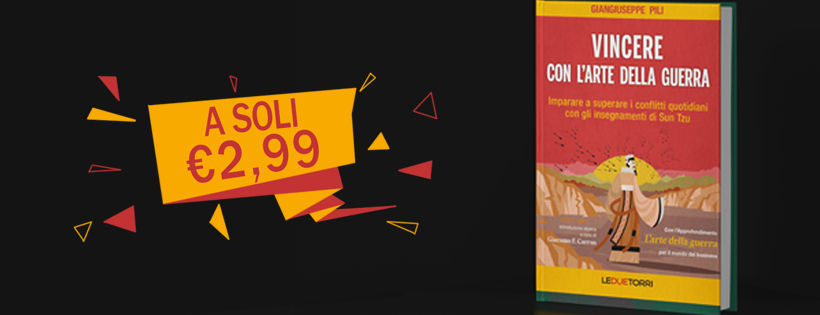
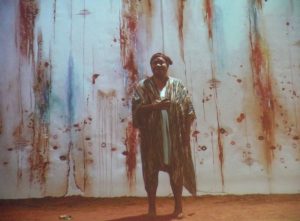
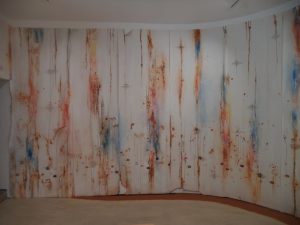
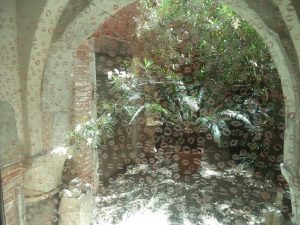
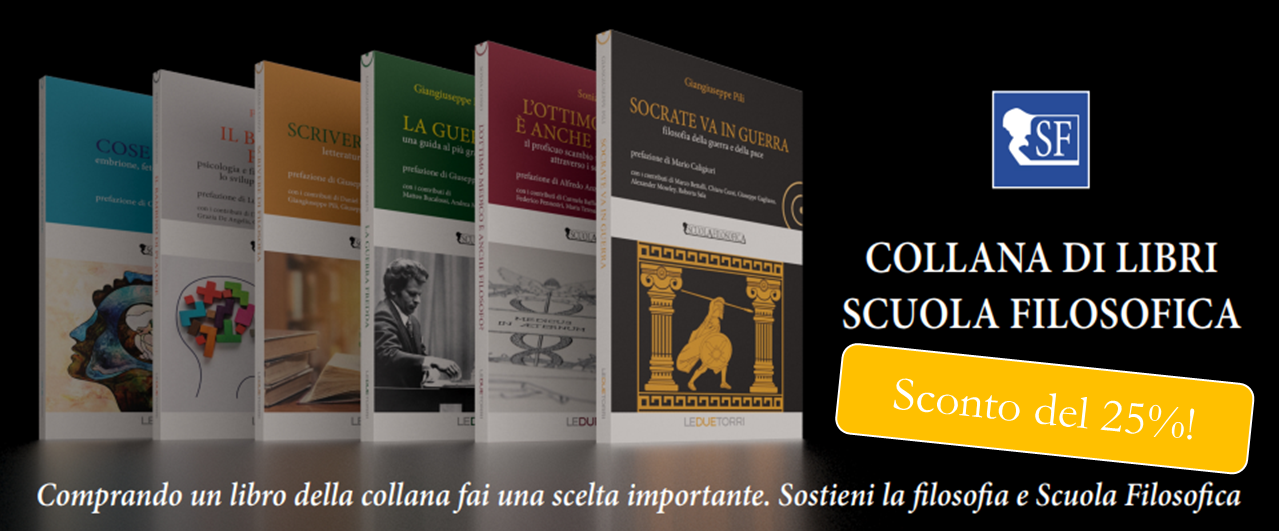

Be First to Comment